Category

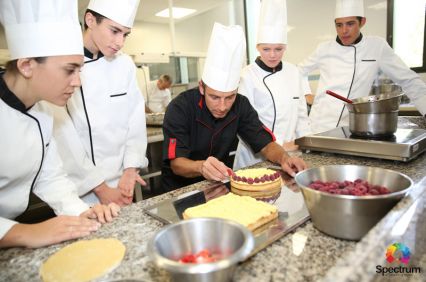
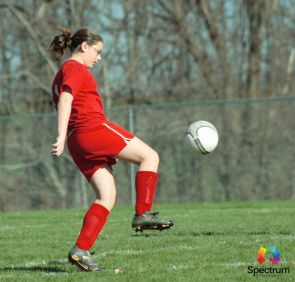
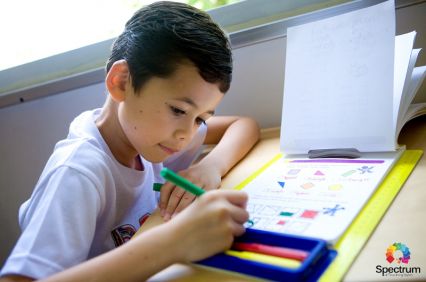


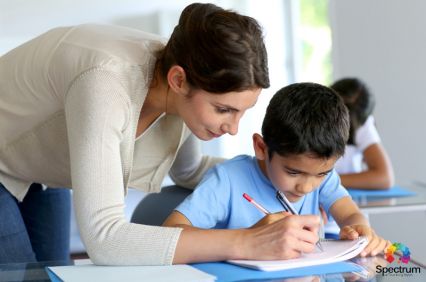
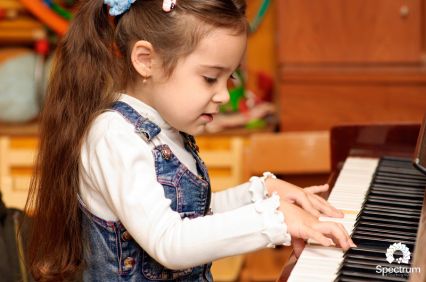
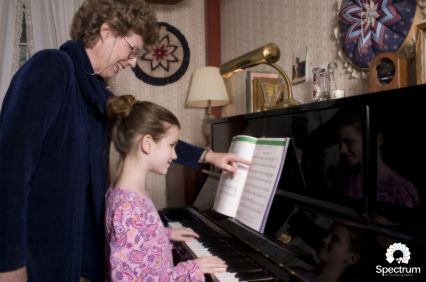








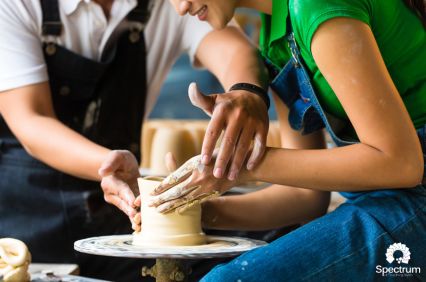



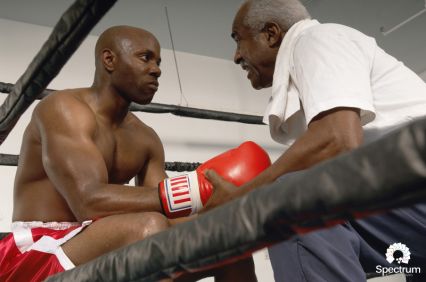
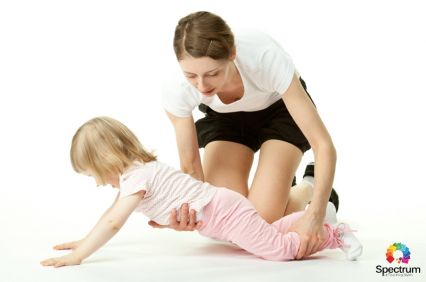
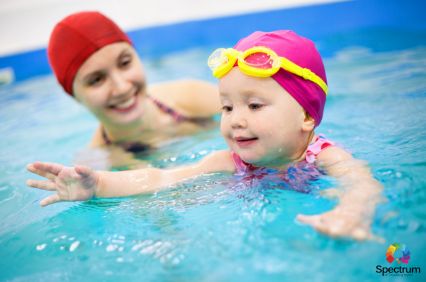
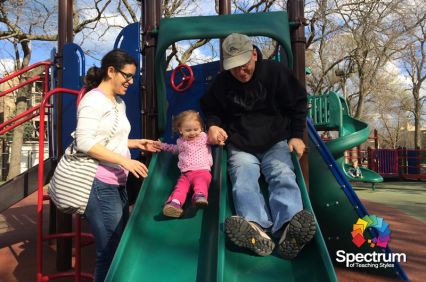
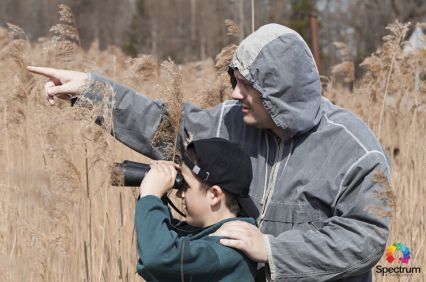

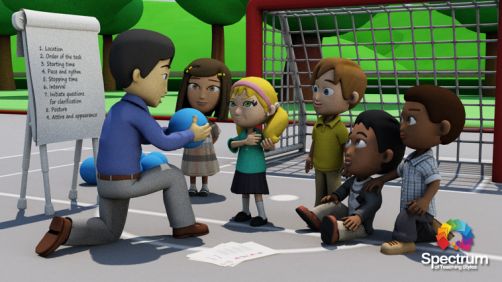
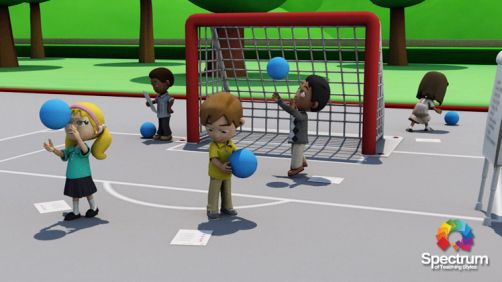
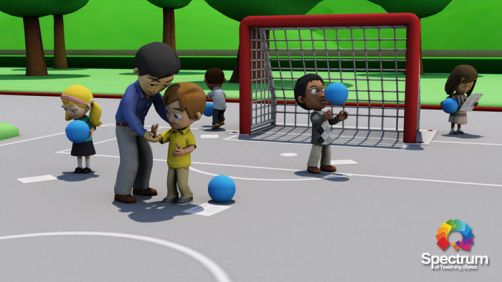
The defining characteristic of the Practice Style is the initiation of independence by making nine decisions while practicing a memory/reproduction task and receiving private and individual feedback from the teacher.
Category






























In the Practice Style, the teacher’s role (T) is to make all subject matter and logistical decisions (pre-impact decisions) and to provide private feedback to the learners (post-impact decisions). The role of the learner (L) is to individually and privately practice a memory/reproduction task while making nine specific decisions: location, order of the task, starting time per task, pace and rhythm, stopping time per task, interval, initiating questions for clarification, attire and appearance, and posture. These decisions are the initial decisions for the development of independence.

*The arrow represents the decision shift from the Command Style-A to the Practice Style-B.
When the Practice Style is achieved, the following subject matter objectives are emphasized:*
When the Practice Style is achieved, the following behavioral objectives are emphasized:*
*Not all subject matter and behavior objectives are the focal point in every teaching episode. The task determines which objectives are the primary focus of the learning experience and which are supporting objectives.